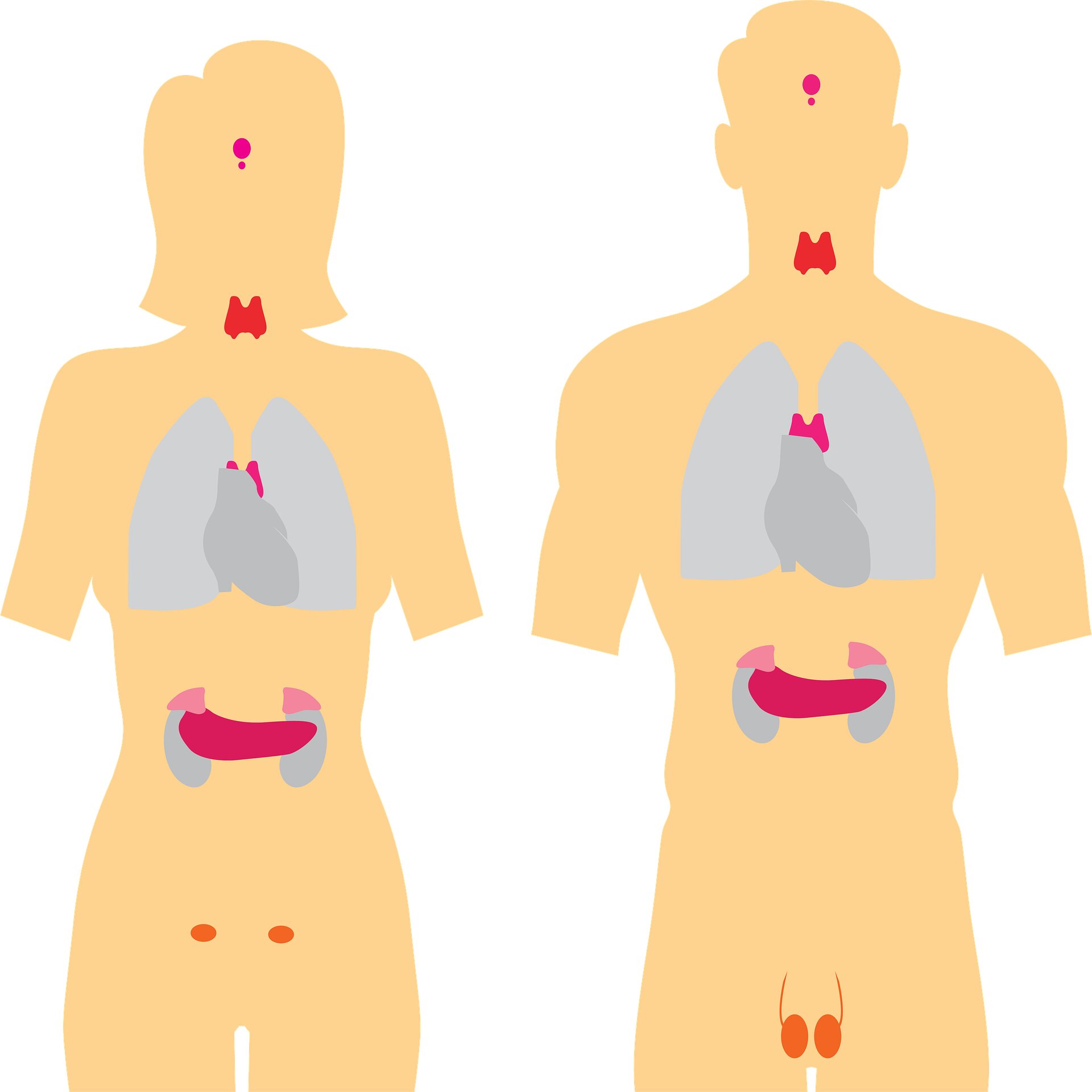An evaluation of urinary tract an infection (UTI) isolates from East African nations discovered that roughly half have been multidrug-resistant (MDR), researchers reported final week in JAC-Antimicrobial Resistance.
For the examine, researchers recruited kids and adults with UTI-like signs from healthcare amenities in Tanzania, Kenya, and Uganda and picked up urine samples for microbiologic evaluation, together with antimicrobial susceptibility testing. MDR micro organism have been outlined as isolates immune to at the very least one agent in three or extra lessons of antibiotic brokers.
Of the 7,583 sufferers with symptomatic UTIs (3,852 from Tanzania, 1,903 from Kenya, 1,828 from Uganda), 2,653 (35.0%) had a microbiologically confirmed UTI. The predominant micro organism have been Escherichia coli (37.0%), Staphylococcus (26.3%), Klebsiella (5.8%), and Enterococcus (5.5%). Of the two,266 isolates submitted for antimicrobial susceptibility testing, 1,153 (50.9%) have been categorized as MDR.
Findings fill ‘essential knowledge hole’
MDR charges have been 60.9% in Tanzania, 57.5% in Uganda, and 36.9% in Kenya. By pathogen, Staphylococcus had the best MDR fee (60.9%), adopted by E coli (52.2%), Klebsiella (50.6%), Enterococcus (38.1%), and different Enterobacterales (31.2%). The speed of MDR micro organism was a lot larger in inpatients than outpatients. The evaluation additionally discovered “severely excessive” ranges of resistance throughout pathogens to first-line antibiotics for UTIs.
The examine authors say the findings fill a vital knowledge hole and ought to be used to tell pointers for empiric antibiotic therapy of UTIs in East Africa.
They concluded, “Extra broadly, we emphasize the necessity for pressing funding in routine AMR surveillance programmes, enlargement of diagnostic laboratory capacities and diagnostic algorithms to facilitate antimicrobial stewardship and name for better dedication from policymakers to counter the specter of AMR.”







